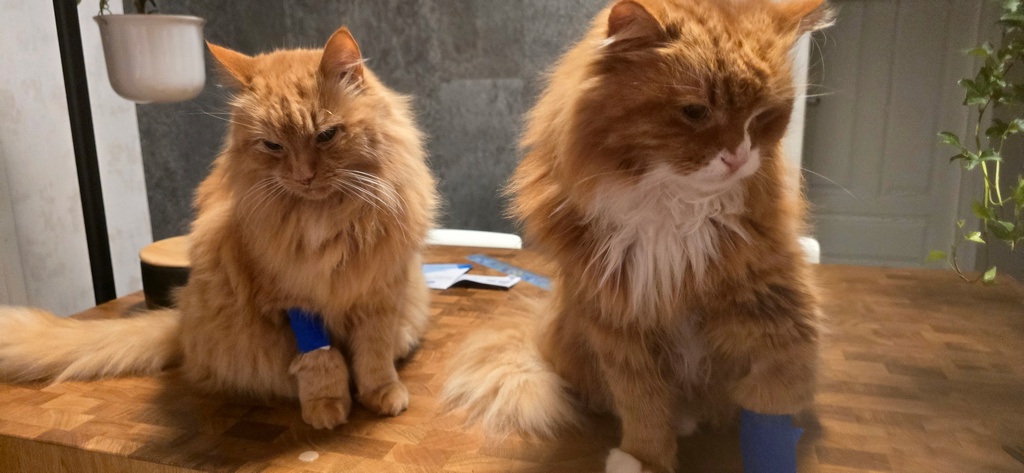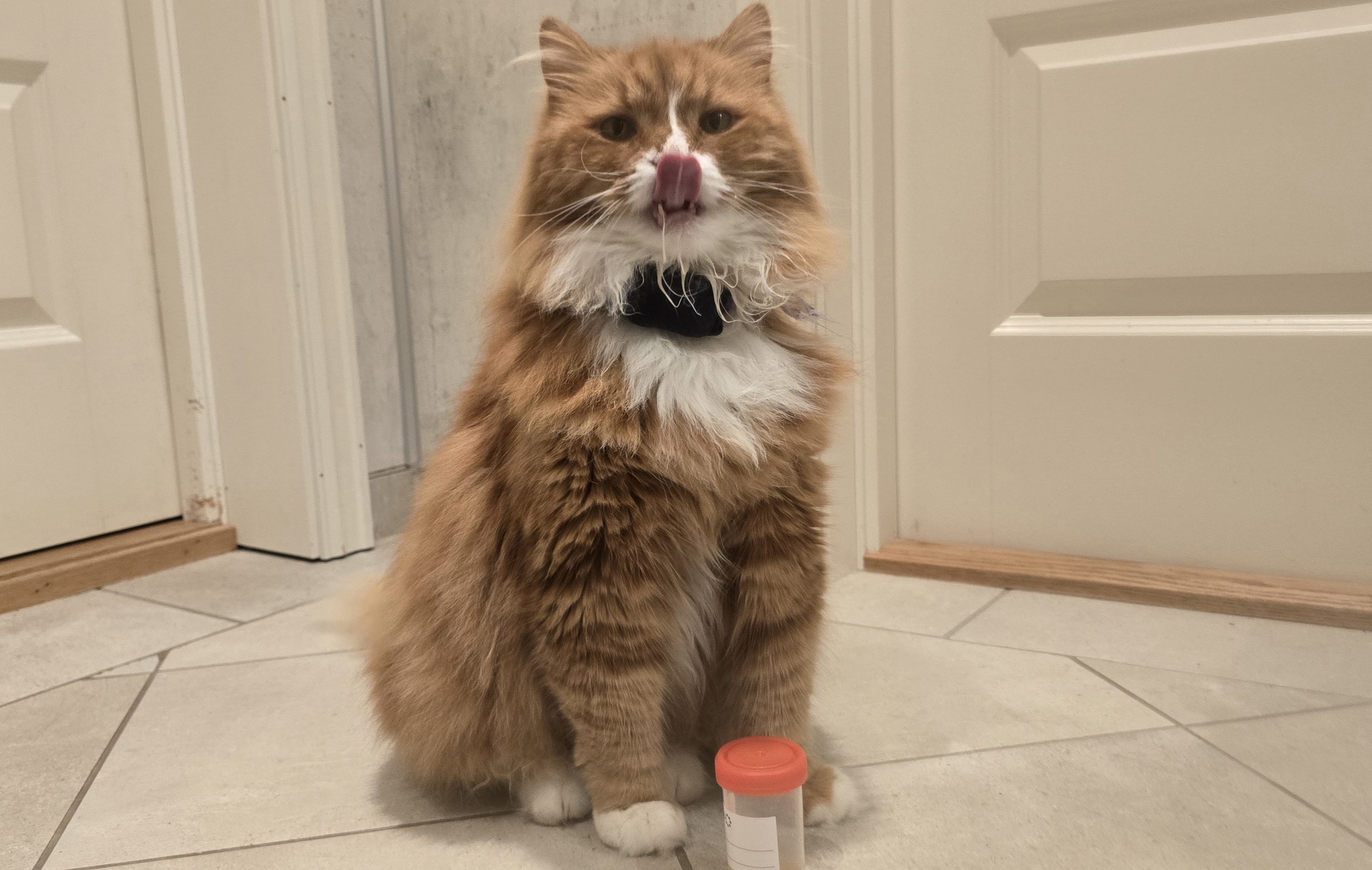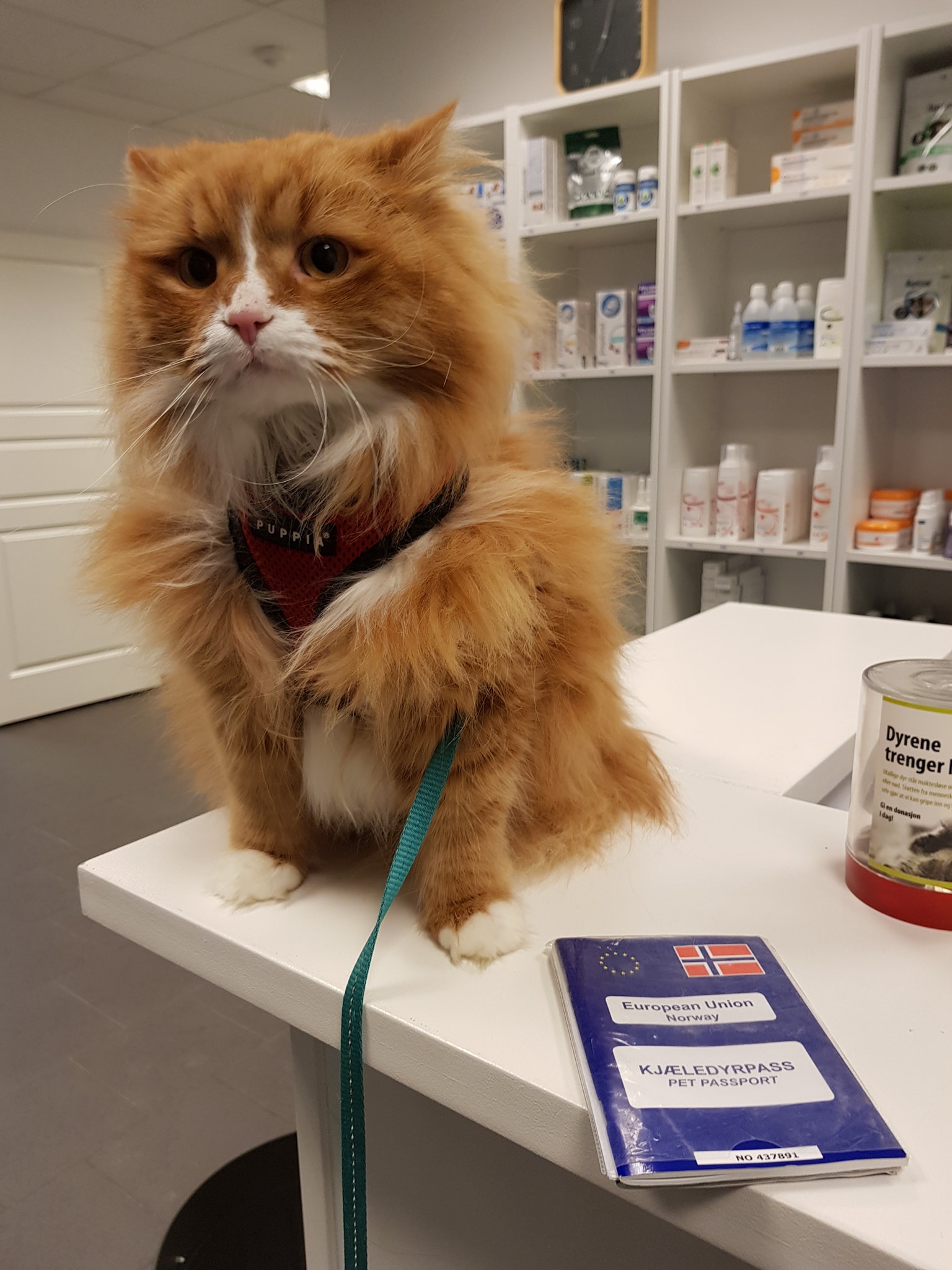
Why Do Cats Mark, and How Can You Prevent It?
One of the most common challenges when having multiple cats is not just fighting but also marking. Here, we’re not talking about urination due to health issues or illness but behavior-driven marking.
Cats have scent glands in their paws, face, and tail that release pheromones. When they rub against furniture or other objects, they leave their scent to mark their territory. Some cats also mark by spraying urine on vertical surfaces such as door frames or sofas. This is a way for them to communicate with other cats or signal that something feels off.
It’s important to remember that a cat marking indoors isn’t being "naughty"—it’s trying to tell you something. To stop the behavior, you need to address the root cause.
Why Do Cats Mark?
Marking is often triggered by stress or insecurity. If a cat feels threatened or unsafe in its environment, it may start marking to create a sense of security. Changes in the home, such as moving, new pets, or new cats in the neighborhood, can also trigger marking.
Another common cause is resource competition. If cats feel they have limited access to essentials like food, resting areas, or litter boxes, stress levels can rise, leading to marking behavior.
How to Prevent Marking
To maintain harmony in a multi-cat household, ensure that all cats have enough space and access to necessary resources.
-
Place food, water, litter boxes, and resting areas in different locations to prevent competition.
-
Avoid lining up all litter boxes in a row—spread them throughout your home.
-
Scatter food bowls around the house instead of placing them all in one spot. As the cats become more comfortable with each other, you can gradually move resources closer together.
You can also use artificial pheromones, such as Feliway products, to create a sense of security in your home. However, we haven’t needed to use any because we’ve carefully managed the introduction process and made sure the cats feel safe.
How to Detect Marking?
We check for marking indoors regularly using a UV flashlight in the dark a couple of times a week.
You can find such a light here
Since we can’t monitor the cats 24/7, marking may happen without us noticing. That’s why we inspect door frames, corners, furniture in frequently used rooms, and areas around the cats' resources. The sooner you detect marking, the easier it is to resolve. The UV flashlight highlights all affected areas, allowing you to clean thoroughly and remove all traces of scent.
How to Remove Marking?
For the best way to remove urine stains and odors, check out this guide from Catoffice (norwegian):
"How to Properly Remove Cat Urine and What to Avoid!"
So far, we haven’t found any accidents indoors, which is a great sign that our cats are happy, have enough space, and have easy access to their resources.




